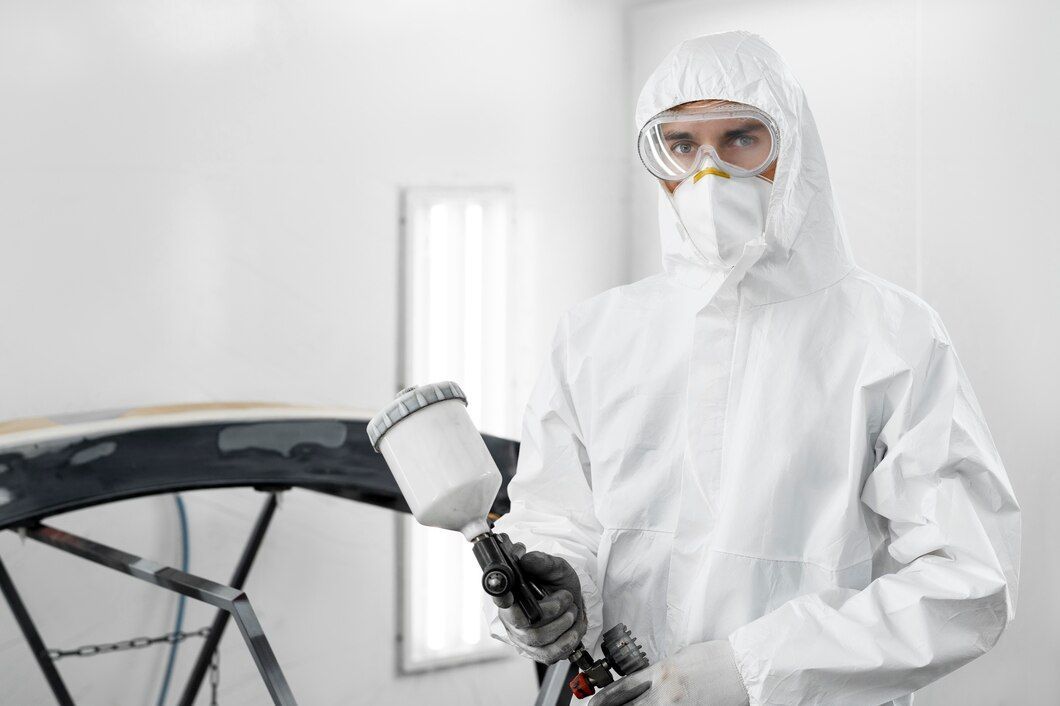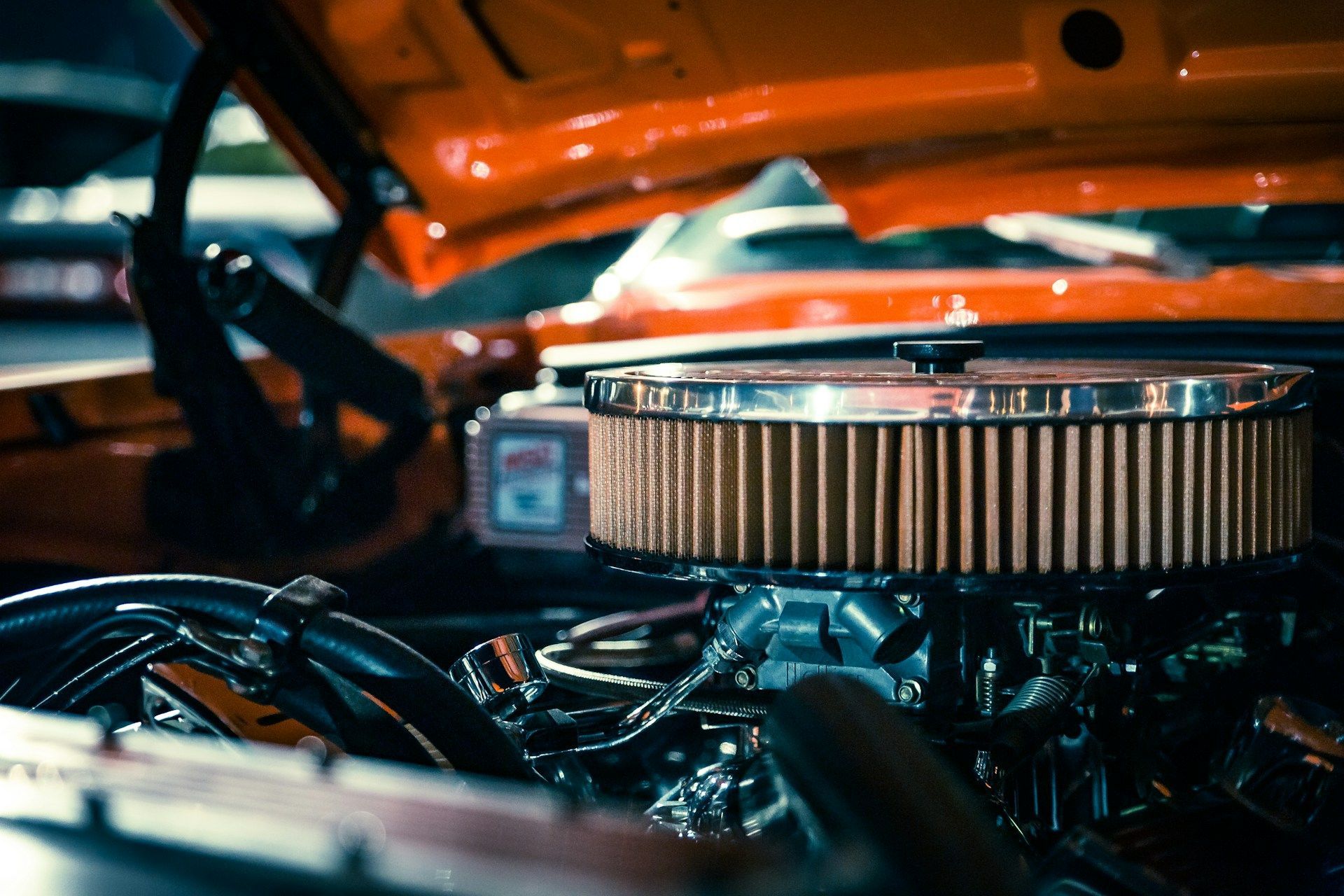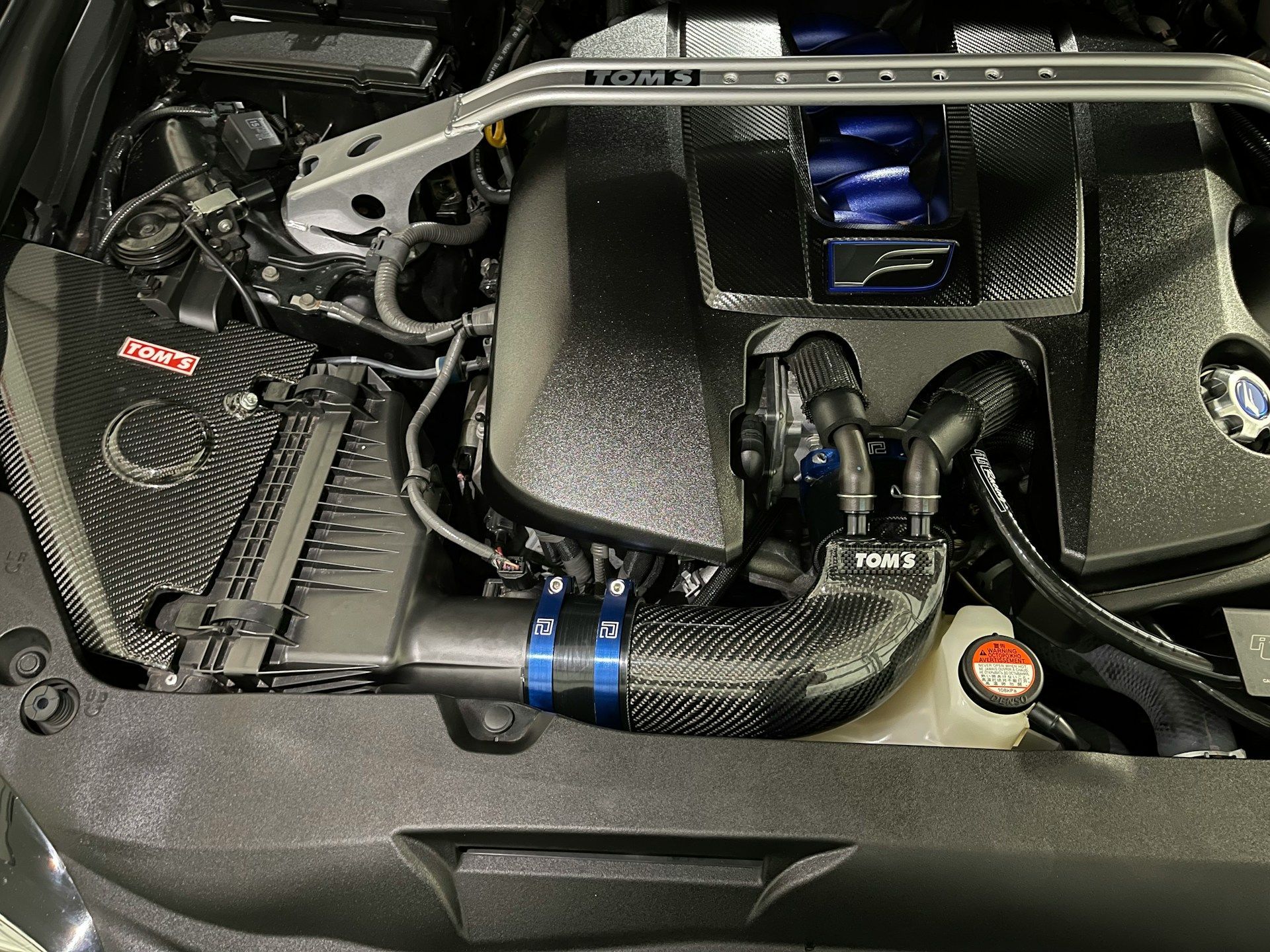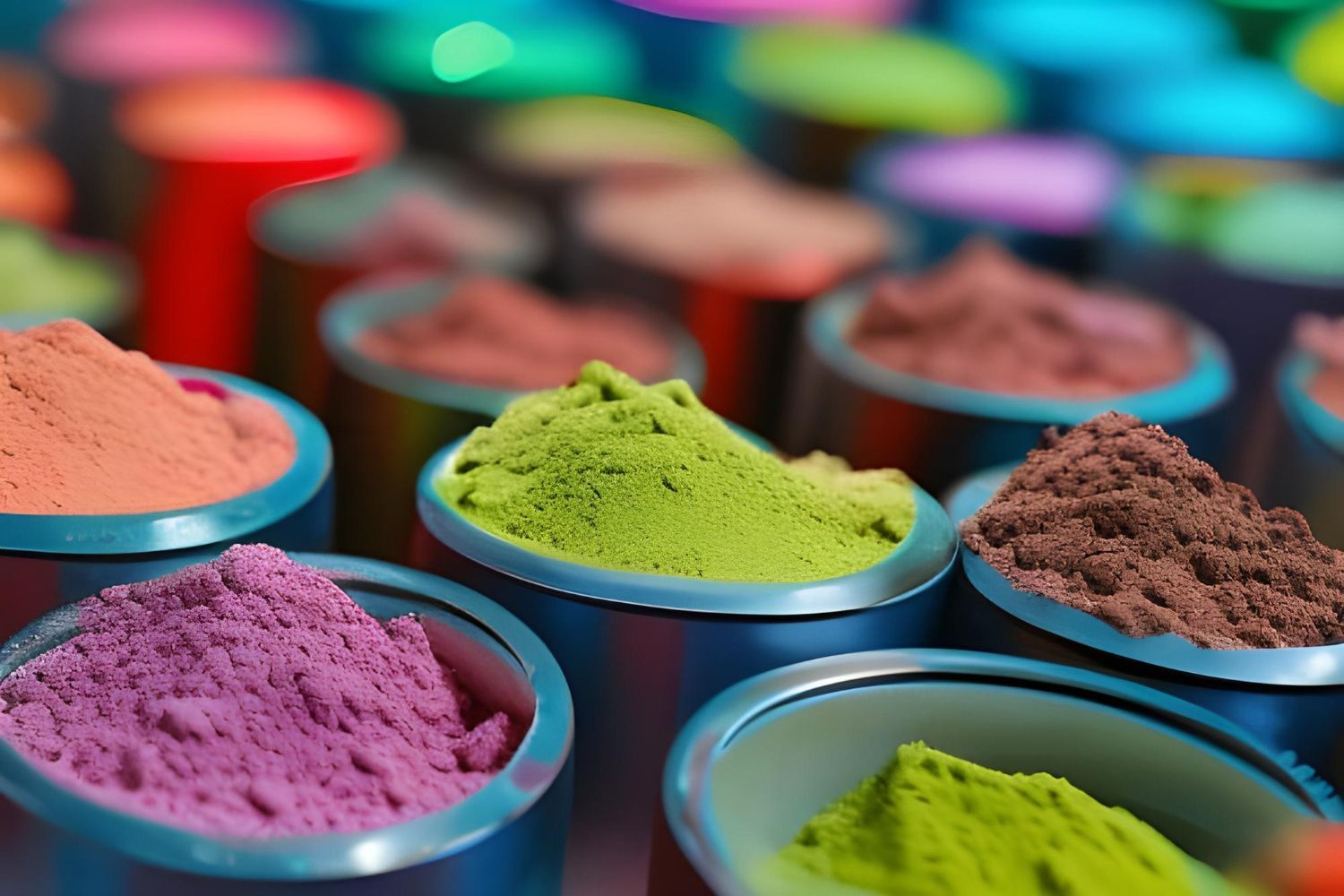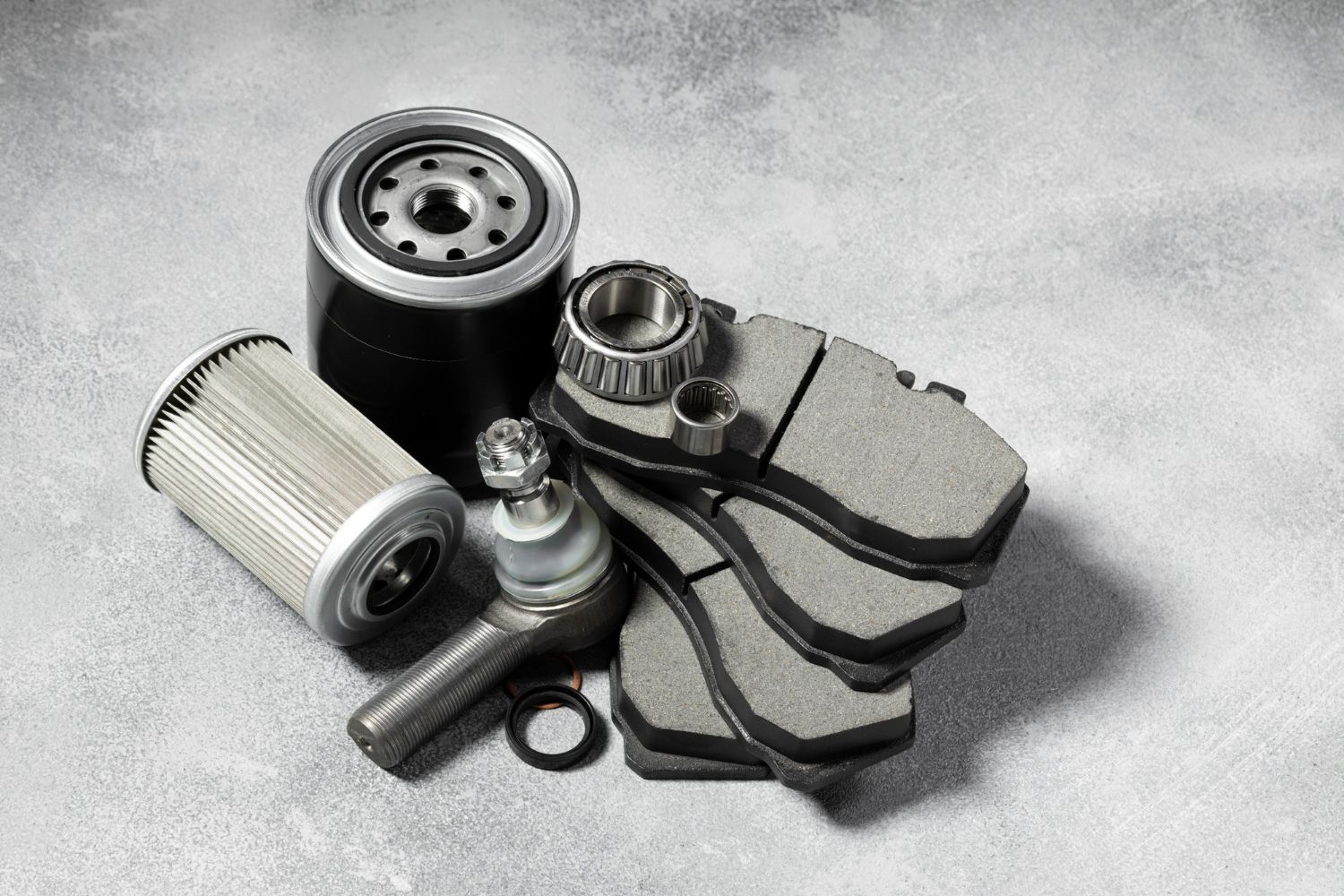The Role of Proper Curing in Achieving High-Quality Powder-Coated Finishes
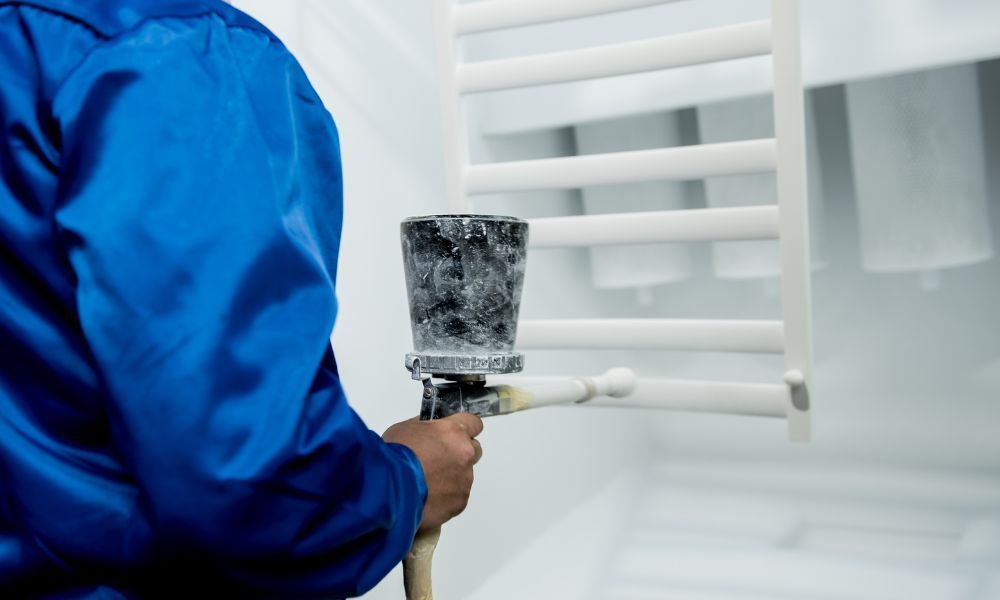
Executive Coast 2 Coast Powder Coating's commitment to delivering robust, efficient, and visually appealing finishes for a wide variety of materials has set them apart in the industry. Prioritizing customer satisfaction, environmentally friendly practices, and corrosion-resistant powder coating services, their expertise is evident in the exceptional results they achieve. One critical aspect of the powder coating process that contributes to the overall success and quality of the final product is proper curing. In this blog post, we will explore the role of curing in the powder coating process, its impact on the finish's properties, and how it helps ensure a reliable and durable coating.
Curing refers to the final stage of the powder coating process. After thorough surface preparation and the application of the charged powder particles, the coated material is placed into a curing oven. During this step, the powder coating is subjected to high temperatures, triggering a chemical reaction that transforms the applied powder into a continuous, solid film. The resulting finish exhibits the desirable characteristics of powder coatings, including enhanced durability, corrosion resistance, and a visually stunning appearance.
By gaining insights into the importance of proper curing in the powder coating process, you will discover how Executive Coast 2 Coast Powder Coating's commitment to excellence ensures consistently high-quality results for their clients. Join us as we delve into this crucial aspect of the powder coating process, shedding light on why proper curing plays such a significant role in achieving outstanding finishes.
1. The Curing Process
The curing process in powder coating can be divided into two essential steps: heating and cooling. During heating, the coated material is placed into a curing oven, where it is exposed to temperatures typically ranging from 350°F to 450°F. The exact temperature and duration depend on the specific powder formulation and the material being coated.
The heat triggers a chemical reaction called "cross-linking," where the powder particles melt, flow, and fuse together, forming a continuous, solid coating. Once the heating cycle is complete, the material is allowed to cool down to room temperature, either inside the oven or in a designated cooling zone. During this cooling period, the coating solidifies, forming the final, durable finish.
2. Factors Affecting the Curing Process
Several factors can influence the success of the curing process. It is essential to monitor and control these variables to ensure a consistent and high-quality finish.
- Oven Temperature
The temperature at which the powder coating cures is vital, as it affects the rate of the chemical reaction and the formation of the final coating. Too low of a temperature can result in under-curing, leading to poor adhesion, low durability, and an uneven finish. On the other hand, too high of a temperature can cause over-curing, resulting in discoloration, brittleness, and reduced impact resistance. - Curing Time
The duration of the heating cycle is equally important. Under-curing can occur if the cycle is too short, while over-curing can happen if it's too long. The optimal curing time depends on the thickness of the material, the specific powder formulation, and the oven temperature. - Powder Type
Different powder types have unique curing requirements, with specific optimal temperatures and durations. Commonly used types of powder coatings include epoxy, polyester, and hybrid formulations, each with its own curing profiles. It's crucial to follow the manufacturer's guidelines regarding the recommended curing conditions for each powder type. - Material Thickness
The thickness of the material being coated also influences the curing process. Thicker materials take longer to reach the desired curing temperature and may require an extended heating cycle, while thinner materials may reach the appropriate temperature more quickly.
3. Importance of Proper Curing
Proper curing is essential to achieving a high-quality finish in powder-coated materials. Here are the key advantages of successful curing:
- Enhanced Adhesion
When the powder coating is fully cured, the molten particles bond together and to the surface of the material, creating excellent adhesion. Under-cured or over-cured coatings can result in weak adhesion, making the coating more susceptible to chipping, peeling, or flaking. - Improved Durability
Curing significantly affects the coating's mechanical properties, such as its resistance to impact, abrasion, and corrosion. Proper curing results in a robust and durable coating that can withstand the rigors of use and environmental exposure. - Consistent Appearance
The visual appeal of a powder-coated finish is dependent on successful curing. A fully cured coating exhibits a uniform and smooth surface, free of defects like uneven texture, discoloration, or pinholes.
4. Challenges and Solutions
Many factors can affect the curing process, which is why it is essential to monitor and control these variables carefully.
- Temperature Fluctuations
Oven temperature fluctuations can negatively impact the curing process. Ensure the oven has an even temperature distribution and maintains consistent temperature levels for the entire heating cycle.
- Inaccurate Temperature Measurements
Using inaccurate temperature measurement devices may lead to improper curing. It's crucial to use reliable and accurate instruments to monitor the curing oven's temperature. - Material Thickness Variation
Variations in material thickness can complicate the curing process. In cases where the material's thickness varies significantly, it's wise to consult with a powder coating professional, such as Executive Coast 2 Coast Powder Coating, to determine the optimal curing conditions.
Conclusion
Understanding the importance of proper curing in the powder coating process can help ensure consistently high-quality results. By following the manufacturer's guidelines and carefully monitoring and controlling the various factors affecting the curing process, you can achieve durable, visually stunning finishes that stand the test of time.
Executive Coast 2 Coast Powder Coating's commitment to excellence in every step of the process, including curing, is what sets them apart as a provider of top-tier powder coating services, delivering the robust, efficient, and visually appealing finishes demanded by discerning customers. Contact us today to book an appointment!

